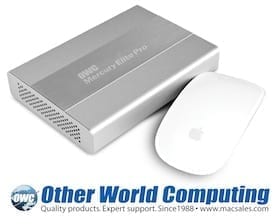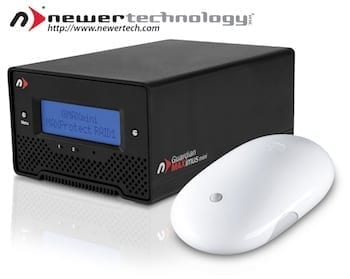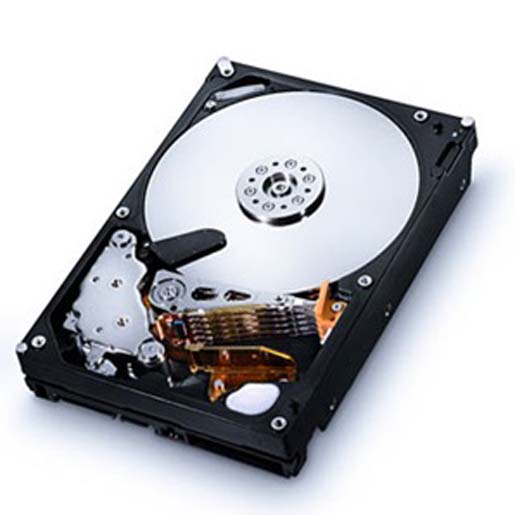 One of the celebrated features on the new MacBook Pros is the return of FireWire 800 to the 13” model. Since the transition to Intel processors, FireWire has taken a less prominent role, with most current Macs eschewing FireWire 400 completely, and having one or two FireWire 800 ports. On the original 13″ Unibody MacBook, it was eliminated completely, so its return to the MacBook Pro 13” is quite significant.
One of the celebrated features on the new MacBook Pros is the return of FireWire 800 to the 13” model. Since the transition to Intel processors, FireWire has taken a less prominent role, with most current Macs eschewing FireWire 400 completely, and having one or two FireWire 800 ports. On the original 13″ Unibody MacBook, it was eliminated completely, so its return to the MacBook Pro 13” is quite significant.
FireWire has long been an Apple mainstay for plug-and-play storage, so there are quite a few FireWire peripherals out there. Unfortunately, while almost all Macs have one or two FireWire 800 ports, many peripherals (especially older ones) are FireWire 400 devices which, though compatible with FireWire 800, have considerably different ports.
So, in order to connect your old FireWire 400 devices, you’re going to need an adapter of some sort.
The adapter cable
This is probably the simplest solution. On one end, you have a FireWire 400 connector. The other end has a FireWire 800 connector. Each end goes into its appropriate port, and your FireWire device shows on the desktop.
Pros: Fairly simple implementation, widely available.
Cons: can only hook up a FW400 port to a FW800 port. Straight 800-800 or 400-400 connections require another cable.
The plug adapter
This adapter plugs on the end of a FireWire 400 cable converting one end to a FW800 connector. When hooking up a straight FW400 connection, the plug is removable.
Pros: Easily portable. Allows you to use the same cable for both FW400 enabled computers and FW800-only machines.
Cons: Small adapter can be easily lost.
Drive with a built-in hub
Any drive with both FW400 and FW800 ports can be used as an adapter. Just plug the FW400 device into the other device’s FW400 port and it will be recognized, through FireWire’s backwards-compatibility and daisy-chaining capabilities. If you’re really going for connectivity, there are drives (such as the NewerTechnology miniStack) with built-in FireWire and USB hubs which are designed for exactly this purpose.
Pros: Storage plus a hub, always a good combination. Great for desktops.
Cons: not very portable…
Expansion Card
If your computer doesn’t have the ports you need, why not just add them? Expansion cards are available for all Mac towers, right up to the latest Mac Pro. Previous MacBook Pros (with the ExpressCard/34 slot) also have options to add FireWire 400 capability.
Pros: Your FW800 devices don’t have to slow down to FW400 speeds when FW400 devices are connected.
Cons: Not available for all computers.
Even though Apple has removed FW400 ports from all their machines except for the plastic MacBooks, FireWire is still a fast, easy, and stable method for connecting your high-volume data transfer devices. With OWC, you can be sure you can continue using the FW400 devices you’ve come to rely on.
Not sure what you need for your particular setup? Give our friendly, knowledgeable sales staff a call at 1-800-275-4576 and they’ll get you set up with just the solution you need.










I have an external FW 400 HDD that I want to connect to the FW800 port on my MacBook Pro. Will an adaptor cable transfer power to the 2.5 in HDD, which does not have its own power supply ?
I have tiBook and iBook both have fw400 I need an external hard drive and wanted to get a fw800 and want to know if i can plug it into the 400 port. (I understand the 800 will run at the 400 rate, still faster than usb 2) IF not able to plug 800 into 400 do you have adapter? Or are 400 to 800 adapters useable the other way around 800 to 400?